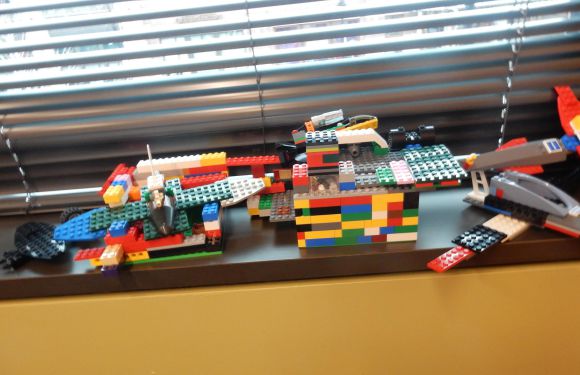Stem benefits all children regardless of their innate abilities or backgrounds. There’s growing evidence that very young children from all backgrounds -- even children from birth to age 8 -- learn important science, technology, engineering, and math (STEM) skills and habits of mind from everyday play and early learning activities. For example, only hours after birth, experiment with cause and effect as they realize that putting their own thumbs in their mouths makes them feel better; toddlers push their Sippy cups off the edges of their high chairs over and over and over again to test the limits of gravity; and preschoolers are eager to understand why their clothes no longer fit (life sciences) and are obsessed with the fair distribution of communal snacks (math).
Educators need to bridge informal and formal learning, and should encourage parent and family engagement in STEM learning. Parents, as long-term influences in children's lives, can help them make connections between in-school and out-of-school STEM learning, as well as among their learning experiences over time. Parents can activate a child's in-school learning by engaging in related activities at home or outside the home, such as taking trips to a STEM museum or to a library with STEM resources or enrolling the child in STEM-relevant after-school activities (e.g., Boy Scouts or Girl Scouts or a coding club).
This kind of parental support has a strong, positive effect on children's participation in math and science activities. However, parents play a really crucial role in promoting by breaking the myth that STEM is only meant for special kids and not regular ones. They can help kids by asking questions and demonstrating wonder, by taking the role of co-learner and guide, and by encouraging children's own curiosity, you are instilling in them the motivation to explore and experiment. Ask lots of questions -- and instead of feeling pressured to have the answers, just be willing to learn alongside them and participate in trying to figure out the answers. This is the foundation of the scientific method.


Leave a Reply